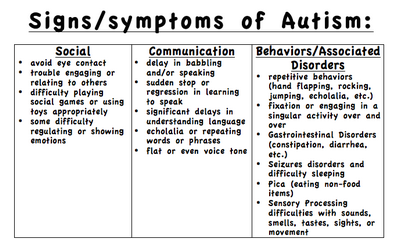Sensory Processing Disorder or SDP is an auditory, tactile, olfactory, gustatory-limbic disorder that affects how the body processes sensory information.

The disorder is classified as either primary SDP or secondary SDP.
Sensory Processing Disorder, commonly referred to as SDP, is a disorder that affects the processing of sensory information. It is an auditory, tactile, olfactory, gustatory-limbic disorder that affects the nervous functioning of the brain. SDP is characterized by abnormalities in the processing of sensory signals and the perception of these signals.
Sensory processing involves the way the brain receives sensory signals and then turns these signals into appropriate responses. There are three major senses – tactile, auditory and gustatory. These three senses are the most basic sensory processes and can be divided further into four other sensory processes. In sensory processing disorders, a person may experience sensory processing problems in all the three types of sensory processing. A person can have sensory processing problems in one or more senses.
Sensory disorder can occur in several different ways. A person may experience sensory problems due to trauma or injury, such as accidents, sports injuries and infections, or because of the way a person’s body is processing information, such as due to an accident or illness. In addition, there are many cases of sensory disorder that can occur from hereditary factors, such as from a genetic disorder or from early developmental experiences, such as from a head injury or developmental disorders, such as deafness, autism or cerebral palsy. Some disorders can occur from poor diet, such as from being overweight or eating too much sugar and white bread, or from the environment, such as from poor nutrition in an orphanage or from malnutrition in the orphanage where the patient was raised.
A person with sensory processing disorder experiences various sensory sensations. These sensations are usually very disjointed and different from each other. Some sensations can be associated with pain, while others can be associated with no pain, such as hearing or smelling.

The sensations experienced by a person can vary depending on the sensory processing disorder and can include smells, colors, tastes and textures.
There are various causes of sensory processing disorder. The cause of sensory processing disorder can be genetic, such as in the case of some conditions caused by genetic disorders such as Leukemia, deafness, Parkinson’s disease, or diabetes, or it can be environmental, such as in the case of developmental or environmental illnesses. The environment can also cause sensory disorder, such as the hearing loss brought about by exposure to noise or light or a person’s exposure to harmful chemicals. Drugs or alcohol can cause sensory disorder. Certain medications, such as aspirin, can also cause sensory disorder.
There are many forms of treatment for sensory processing disorder, including cognitive behavioral therapy, physical therapy, biofeedback and surgery. Cognitive behavioral therapy, which is known as CBT, has been used to treat sensory processing disorder for the last 40 years. Biofeedback has been used to treat sensory disorder since the 1970s, although it is not well known to treat sensory processing disorder. Biofeedback is a method of training the body’s central nervous system to control certain health related processes, such as respiration and heart rate.
Biofeedback uses the brain’s motor system to help patients recover from sensory processing disorder. Biofeedback uses the patient’s own brain waves and signals to train the brain cells to control certain bodily functions. This form of therapy can treat hearing and sight, balance problems, and muscle tone. Sensory processing disorder can be treated successfully with biofeedback. For more information, contact your health care provider or doctor today.